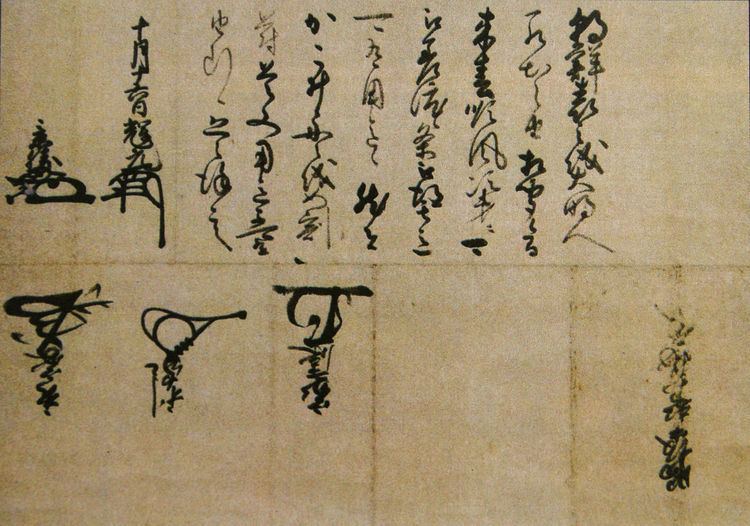 | ||
The council of five elders, also known as the five Tairō (五大老 go-tairō), was formed in 1595 by Toyotomi Hideyoshi to rule Japan in the place of his son, Hideyori, until such time as he came of age. Hideyoshi chose his five most powerful daimyōs: Ukita Hideie, Maeda Toshiie, Uesugi Kagekatsu, Mōri Terumoto, and the famous Tokugawa Ieyasu. (Kobayakawa Takakage was also to have been one of the elders, but died before Hideyoshi himself.)
It was Hideyoshi's hope that the members of the council would balance each other, preventing any one of them from taking control. This was not to be, however: almost immediately after Hideyoshi's death in 1598, the elders swiftly divided themselves into two camps, consisting of "Tokugawa" and "everybody else". War did not actually break out until mid-1600; it ended the same year, at the Battle of Sekigahara, where Tokugawa won a decisive victory that essentially guaranteed the end of Toyotomi Japan, and the rise of the Tokugawa shogunate. Hideyori was sidelined, retaining control of only Osaka Castle. In 1615, under a fabricated pretext, he was attacked by Tokugawa forces and defeated at the Siege of Osaka, committing seppuku.
